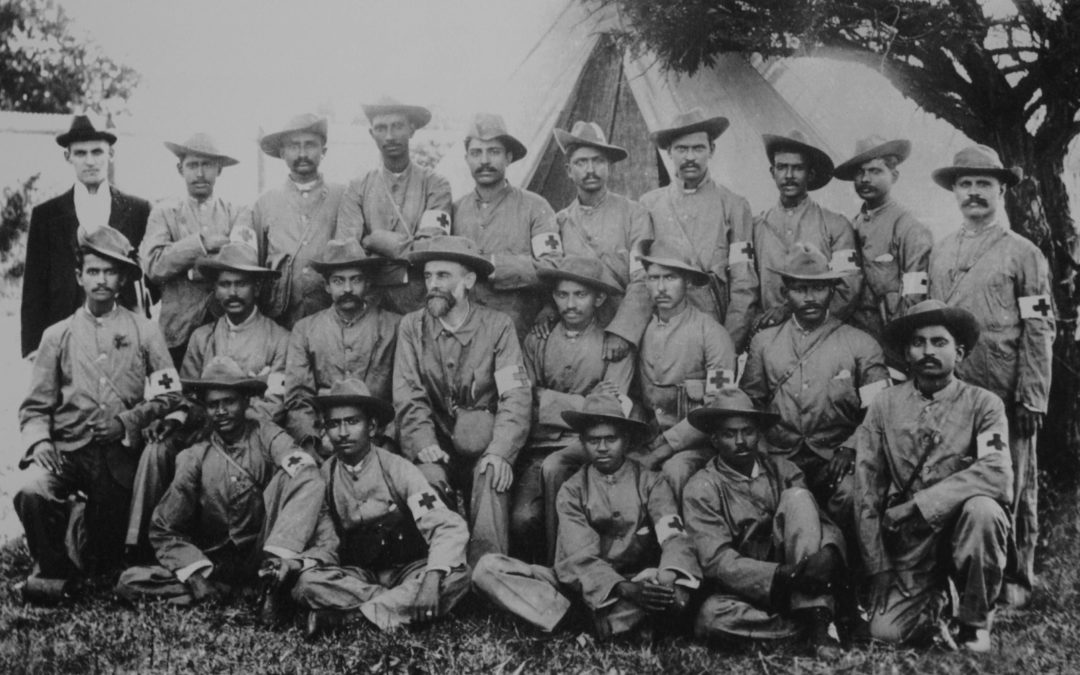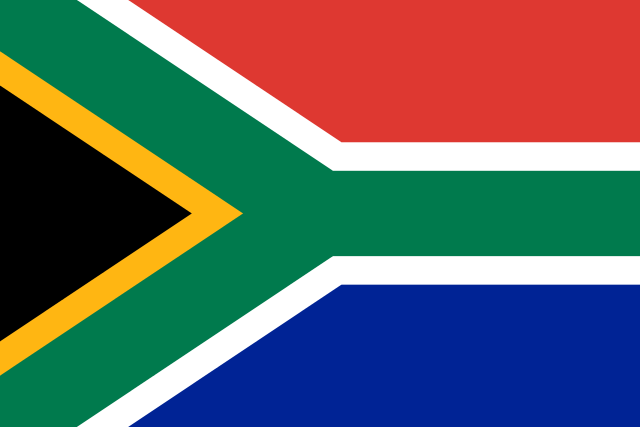The thriving, South African Indian community may well be the largest diaspora that you’ve never heard of. Today, some three million South Africans can claim Indian ancestry, and left an indelible, unforgettable mark on the nation. Durban, for its part, has even been labelled the largest Indian city outside the subcontinent, home to some one million South Africans of Indian descent.
From food to film, Indian emigres and their descendants have changed South Africa–and left the country all the better for it. Yet the history of the Indian population in South Africa wasn’t always a cheerful one. Like the forebears of the Cape Malays, the earliest South African Indians arrived in the country as slaves, brought by Dutch ships from the Indian subcontinent during the 1600s and 1700s. At the time, laborers were needed for agriculture, and historians estimate that some 80 percent of slaves were of Indian descent.
The vast majority came from a few areas: Bengal, in the east of India (a region encompassing both India and present-day Bangladesh), the Coromandel Coast in the southeast, and the Malabar Coast, a lush, tropical region located in the southwestern reaches of the subcontinent. Ripped from their ancestral lands by slavery, and treated brutally, many such captives endured harsh punishments and difficult lives. Unlike populations like the Cape Malays, the descendants of Indian slaves didn’t seem to have preserved their culture as a distinct, cohesive entity.
Following the abolition of slavery in the Cape Colonies, successive waves of Indian migrants began to arrive in South Africa in the mid-nineteenth century, often as indentured workers or “passengers”, which included traders, teachers, artisans, and all those who paid their own way. Of the indentured laborers, around a quarter (27 percent) returned to India after their five year-contracts expired, but many more stayed. In the process, many Indian emigres opened up businesses such as import-export firms, markets and shops.
Though they were no longer slaves, life was still difficult. As with indentured laborers today (such as those in places like Dubai or Qatar), Indian workers toiled in hazardous conditions for low pay. They also faced dire dangers unique to the continent: man-eating megafauna and a range of rugged terrain, among others.
Yet at least some of these conditions were manmade–in particular the rampant discrimination and racism so prevalent in the country at the time. In 1885, Law No. 3 was passed, forbidding Asians, Turks, and other, dark-skinned peoples from possessing property outside of designated areas, mandating registration for merchants in government ledgers, and lacking the privileges of a burgher, or a full citizen.
Against this backdrop, Indians in South Africa agitated for rights. One such activist was a young Mohandas Gandhi, who, while traveling by train to Pretoria, was thrown off the train (despite his first-class ticket) because of a complaint by a white man. In response to this and other injustices, Gandhi helped found the Natal Indian Congress in 1894, agitating for equal rights. Indeed, it was in South Africa that Gandhi created his ideology of satygraha, or nonviolent resistance. All told, Gandhi spent some two decades in South Africa, honing and applying the concepts of civil disobedience to one of the most segregated societies on Earth.
This trend would continue: South African Indians would play pivotal roles in the struggle for equality, taking up critical positions in organizations like the African National Congress (ANC). Among the most prominent of such activists was Ahmed Kathrada, fondly known as “Uncle Kathy” by the rank-and-file of the ANC.
Born to Muslim parents from the Indian province of Gujarat, Kathrada rose through the ranks, beginning at age 17, when he was arrested in a nonviolent protest in 1946. In 1962, Kathrada was placed under house arrest, and later joined the Umkhonto we Sizwe, the ANC’s armed wing, to continue the struggle. Captured a year later, Kathrada was imprisoned alongside Nelson Mandela and other ranking ANC cadres, spending some 18 of his 26 years in prison on Robben Island. After his release, Kathrada was appointed parliamentary counsellor to Mandela, though he would later break ranks with the ANC by criticizing the alleged corruption of President Jacob Zuma.
Yet it seems that the struggle of Indian South Africans in the independence struggle has slowly faded into obscurity, or worse yet, overshadowed by reports of division within the once-strong civil rights movement. One fault line may be wealth: as of 2014, there were 46,800 millionaires of Indian descent living in the nation, far exceeding the number of black African millionaires. Post-1994, South African Indians also reported the highest growth in per capita income (468 percent).
This wealth, coupled with South Africa’s rising inequality, generates difficult questions and much soul-searching. In an editorial, Ayesha Fakie of the Institute for Justice and Reconciliation, speaks strongly about the need to confront prejudices and brainstorm ways to build a more equal system.
Today, the South African Indian population is a thriving, prosperous community that has come a long way since its forebears first arrived on these shores. Yet it’s not just economic measures: culturally, they have also left their mark, particularly where it concerns film and food–which we will discuss in our next entry.








